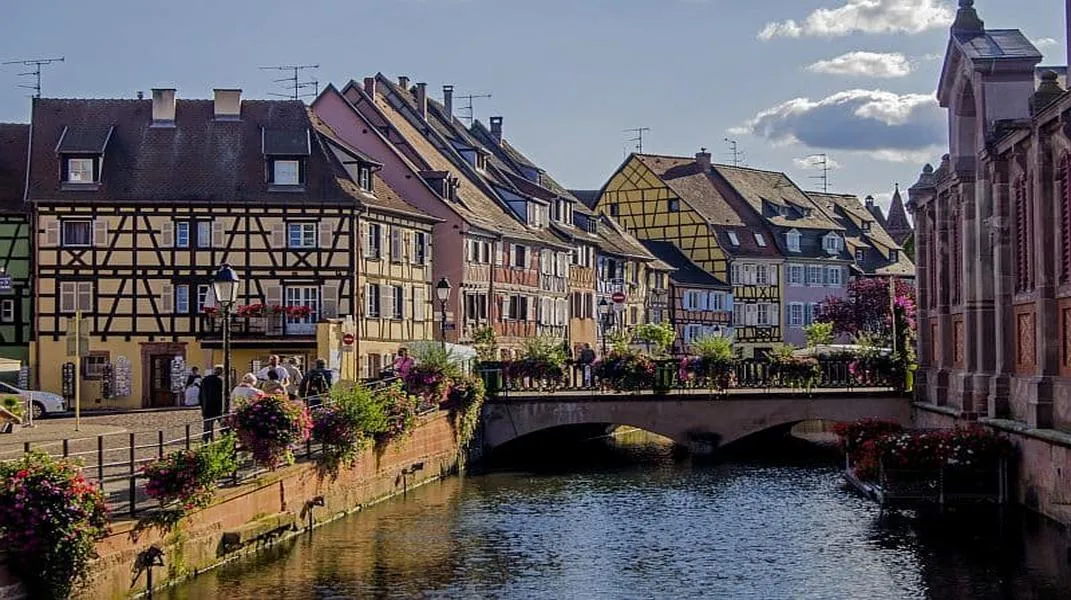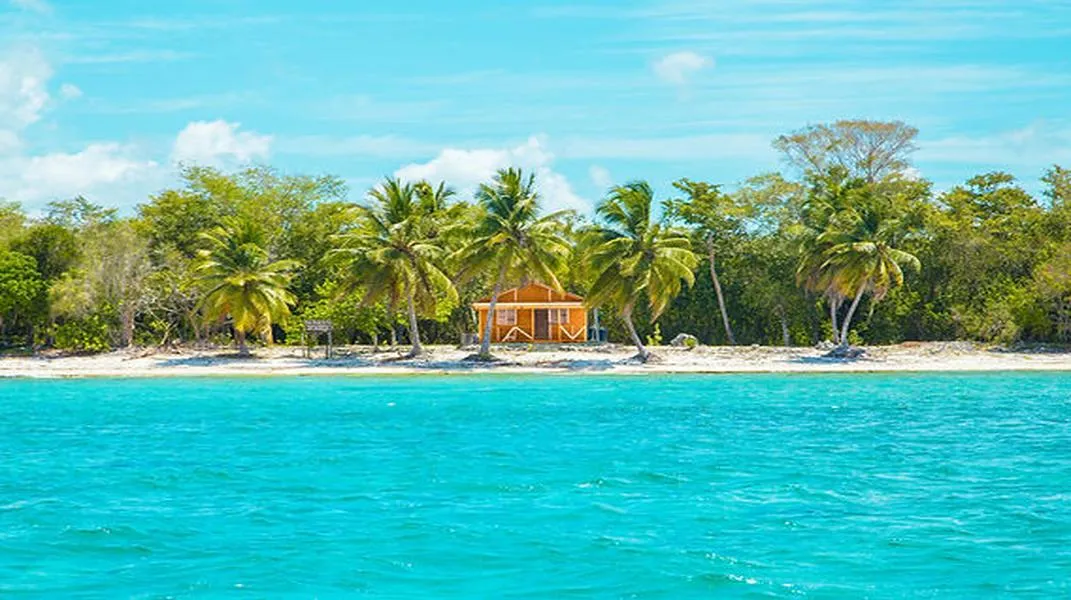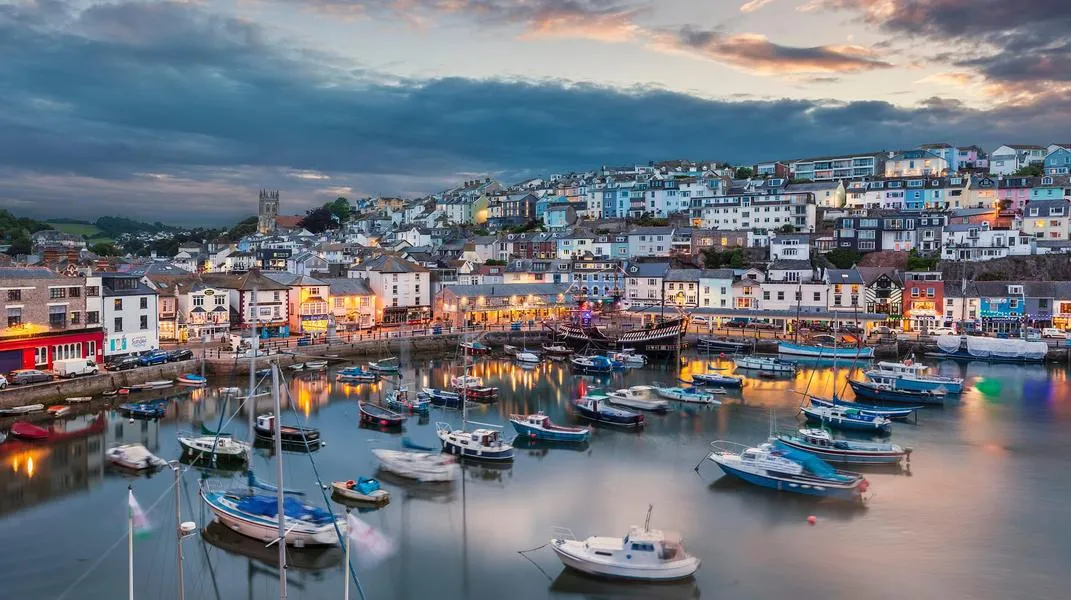Discovering Colmar: A Jewel of Alsace
Nestled in the heart of Alsace, France, Colmar is a picturesque town famed for its well-preserved medieval architecture, vibrant colors, and rich cultural heritage. With its charming canals, half-timbered houses, and flower-filled streets, Colmar offers visitors a fairy-tale experience that feels as if it has been plucked straight from a storybook. This article explores the enchanting features of Colmar, its historical significance, local cuisine, and essential tips for planning your visit.

The Allure of Colmar
Historical Overview
Colmar has a history that dates back to the Roman era, emerging as a significant trading hub in the Middle Ages. The town’s strategic location along trade routes contributed to its prosperity, leading to the construction of many of its notable buildings. Colmar's architecture reflects a blend of German and French influences, a result of its tumultuous history of territorial changes between the two countries.
The Old Town, or "La Petite Venise," is particularly charming, characterized by its narrow cobblestone streets, colorful façades, and vibrant flower displays. The town is home to several remarkable landmarks, including the Maison des Têtes, the Collégiale Saint-Martin, and the Musée Unterlinden, each telling a part of the story of this enchanting destination.
Key Attractions
La Petite Venise
One of the most picturesque areas of Colmar is La Petite Venise, or “Little Venice.” This district features charming canals lined with colorful houses, reminiscent of the iconic waterways of Venice, Italy. Visitors can take leisurely strolls along the canals, enjoy a boat ride, or simply savor the stunning views of the charming architecture. The reflections of the buildings in the water create a breathtaking scene, especially during the golden hours of sunrise and sunset.
Maison des Têtes
The Maison des Têtes, or House of Heads, is a must-visit for those interested in architecture and history. This 17th-century building is adorned with over 100 sculpted heads, each representing different characters, from mythical figures to ordinary townsfolk. The intricate details and remarkable façade make it a favorite spot for photographers and history enthusiasts alike.
Collégiale Saint-Martin
The Collégiale Saint-Martin, a stunning Gothic church located in the heart of Colmar, is another highlight. Built between the 13th and 14th centuries, the church boasts a remarkable interior with stained-glass windows that have survived since the 15th century. The tall spire and ornate altar are awe-inspiring, making it a peaceful retreat for visitors seeking a moment of reflection.
Musée Unterlinden
Art lovers will find the Musée Unterlinden to be a treasure trove of works from the Middle Ages to the 20th century. Housed in a former Dominican convent, the museum features an impressive collection, including masterpieces by the renowned painter Matthias Grünewald, most notably the Isenheim Altarpiece. The museum's exhibitions provide insight into the region's artistic heritage and cultural evolution.
Seasonal Attractions
Colmar is not just a destination for history and architecture; it also offers seasonal attractions that cater to various interests. In the winter months, the town transforms into a winter wonderland with its famous Christmas markets. The festive atmosphere, adorned with twinkling lights and holiday decorations, creates a magical experience for visitors. The markets feature local crafts, artisanal products, and delicious Alsatian treats, making it an ideal time to explore the town.
In spring and summer, the lush gardens, parks, and flower displays come alive, attracting nature lovers and those looking to enjoy outdoor activities. The Jardin des Deux Rives provides a picturesque setting for picnics and leisurely walks along the canal.
Preparing for Your Visit to Colmar
When planning a trip to Colmar, adequate preparation can ensure a smooth and enjoyable experience. Here are some essential materials and considerations to help make your visit memorable.
Travel Essentials
- Travel Guide: A travel guidebook or an app can provide useful information about Colmar's attractions, history, and practical tips. It’s helpful to have a physical or digital copy to reference while exploring.
- Accommodation: Research and book accommodations in advance, especially during peak tourist seasons. Options range from boutique hotels and charming bed and breakfasts to vacation rentals. Staying in or near the Old Town will allow you to fully immerse yourself in the local atmosphere.
- Transportation: Colmar is well-connected by train, making it easily accessible from major cities like Strasbourg and Mulhouse. If you're driving, ensure you have a reliable GPS or map. The town is pedestrian-friendly, so consider parking your vehicle and exploring on foot.
- Local Currency: France uses the Euro (€), so ensure you have some local currency on hand for small purchases. Credit and debit cards are widely accepted, but it’s always good to have cash for markets or smaller shops.
Clothing and Gear
- Comfortable Footwear: Colmar's cobblestone streets and charming alleyways are best explored on foot. Wear comfortable shoes suitable for walking to fully enjoy the sights without discomfort.
- Weather-Appropriate Clothing: Check the weather forecast before your visit. Colmar experiences a temperate climate, with warm summers and cold winters. Layering is advisable, as the weather can change throughout the day.
- Camera: With its stunning scenery and vibrant architecture, you’ll want a camera or smartphone to capture the beauty of Colmar. Don't forget extra batteries and memory cards!
Activities and Experiences
- Local Cuisine: Alsace is known for its rich culinary traditions. Be sure to try local specialties such as tarte flambée (a thin-crust pizza-like dish), choucroute garnie (sauerkraut with sausages and meats), and kougelhopf (a sweet yeast cake).
- Wine Tasting: Alsace is famous for its white wines, particularly Riesling, Gewürztraminer, and Pinot Gris. Consider joining a wine tasting tour or visiting local wineries for a chance to sample regional wines.
- Guided Tours: Consider joining a guided tour, either on foot or by bike, to gain deeper insights into Colmar's history and culture. Many local guides offer themed tours, including culinary and historical experiences.
- Language Preparation: While many locals speak English, learning a few basic phrases in French can enhance your experience and show respect for the local culture.
Safety and Health
- Travel Insurance: Consider purchasing travel insurance to cover medical emergencies, trip cancellations, or lost belongings. This provides peace of mind during your travels.
- Health Precautions: Stay informed about any health advisories or vaccinations required for travel in France. It’s also a good idea to have a small first-aid kit for minor injuries or ailments.
- Emergency Contacts: Familiarize yourself with local emergency numbers and the location of the nearest hospital or clinic in case of emergencies.
Conclusion
Colmar is a captivating destination that seamlessly blends history, culture, and natural beauty. From its enchanting canals and half-timbered houses to its rich culinary traditions, there is no shortage of experiences for visitors to enjoy. By preparing adequately and immersing yourself in the local atmosphere, you can create unforgettable memories in this Alsatian gem. Whether you're wandering through the quaint streets or savoring a glass of local wine, Colmar promises a truly magical experience that will linger in your heart long after your visit.




